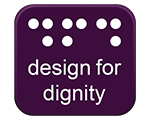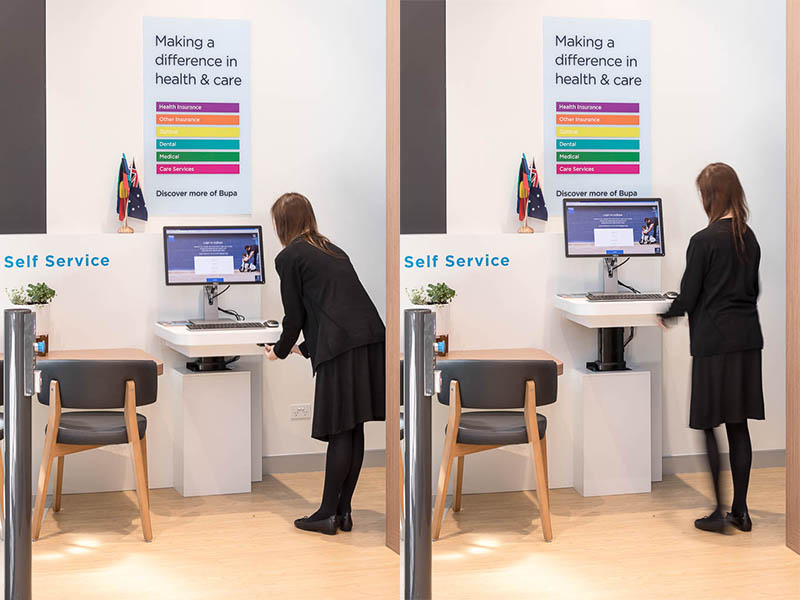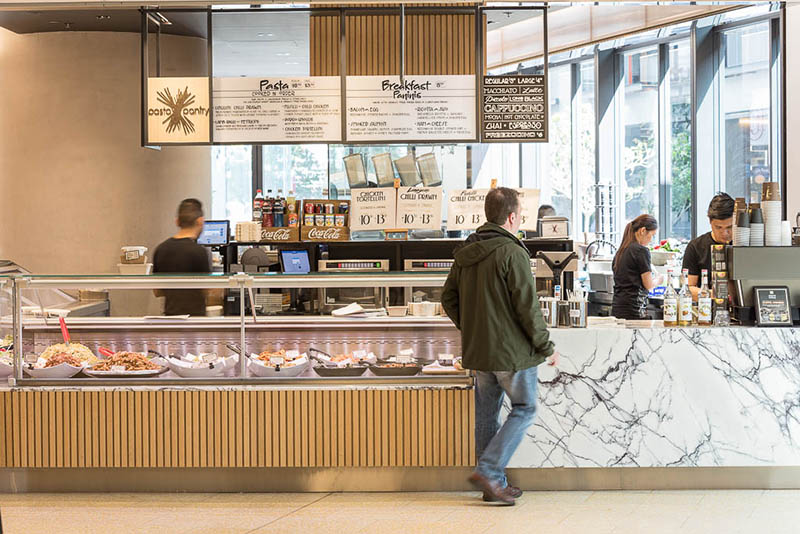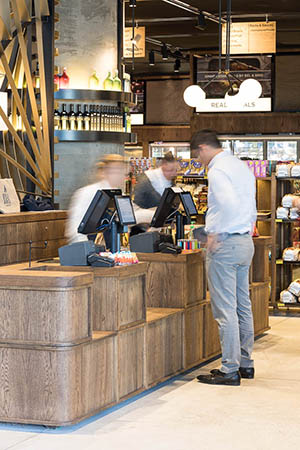Design For Dignity
Retail Guidelines




A desk or counter should be appropriate to the task. The expected length of time a customer interaction will take, the nature of the conversation and requirement to view and use a shared screen will dictate the style of desk and seating. Longer conversations requiring a shared screen view and discussion of personal details is better with a lower desk, more comfortable chair and a quieter space. Shorter conversations about products or services may be more appropriate for a stool and bench conversation but alternatives should be available.
“No individual table, counter or worktop height and clearance beneath will suit all users with disability. A bench with easily adjustable height with a range of 700mm to 850mm from the finished floor is preferred.”*Australian Standard Design for Access and Mobility: Part 2: Enhanced and additional requirements AS 1428.2 (1992), p33

Access is not just about the physical ability to reach the counter. Design should also consider the equity of the experience of customers that purchase goods or services. A counter with a uniform height over 1100mm can create the impression of a barrier between the employee and customer. Adding to that difficulty is the depth of the desk and presence of computer monitors which raise the effective interaction height even further. It would also make it difficult to employ a person who is a wheelchair user or of short stature in store roles.
If the primary purpose of this counter is payment for purchases, then easy access to the card reader should be a focal point of the design. Access to the counter, visibility of the screen if required and the ability to have a face-to-face conversation is enabled in many bank branches by the provision of a low height section in the counter.


Using a combination of table heights with good under table clearance is good design.
The use of dividers between customer terminals for privacy and noise reduction assist people with disability as well.